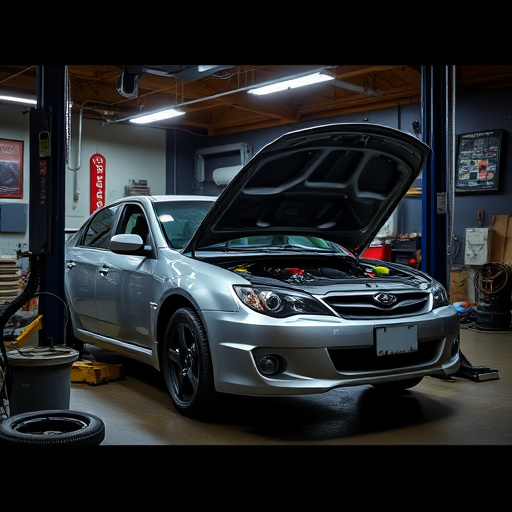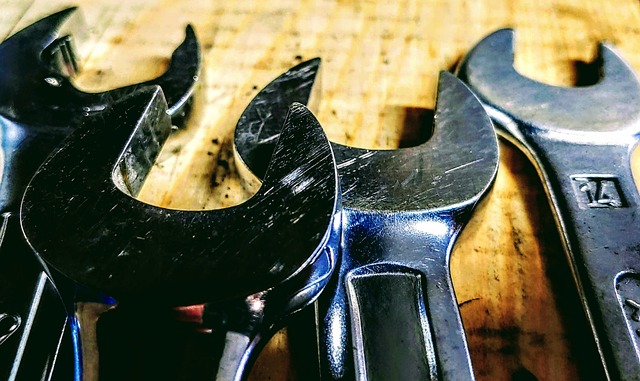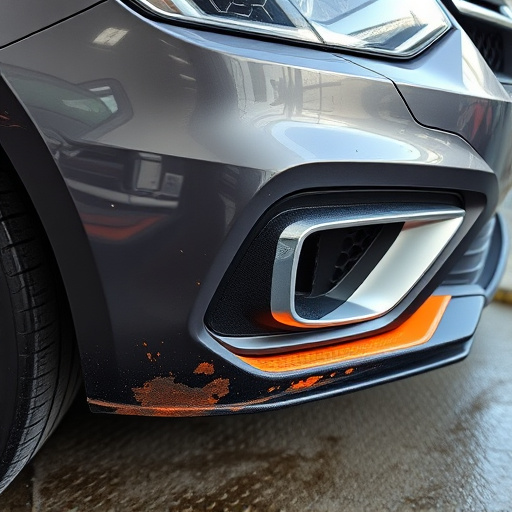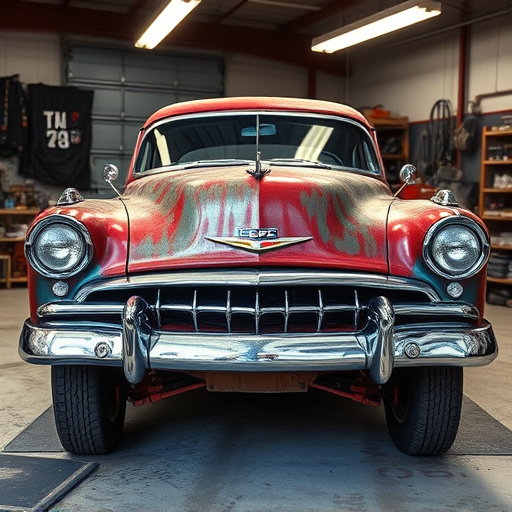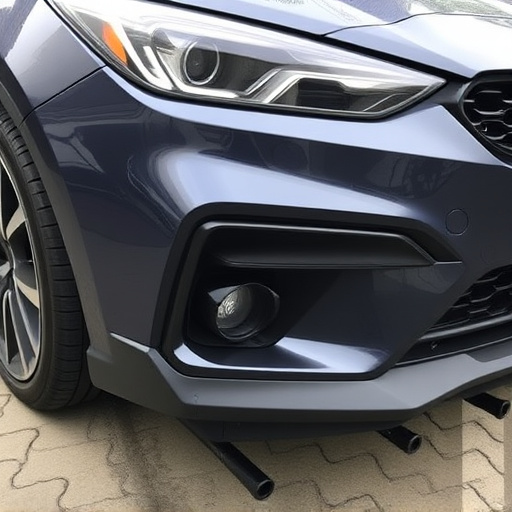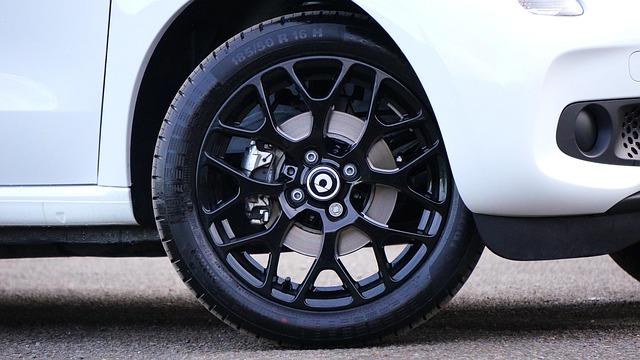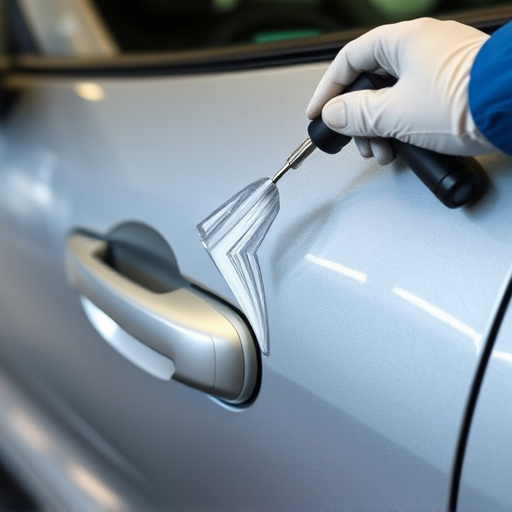A meticulous vehicle frame inspection is vital for maintaining motor vehicle safety and reliability. It involves assessing structural integrity, wheel alignment, suspension systems, tire wear patterns, and panel fitment. Common issues found include dents, rust, misalignments, and structural damage. Early detection prevents minor problems from escalating into costly auto body work, enhancing vehicle integrity, extending lifespan, and providing peace of mind for drivers.
Vehicle frame inspection is a critical step in ensuring the safety and integrity of a car. It involves meticulously examining the framework, which supports the entire vehicle structure. This comprehensive guide delves into the fundamentals of vehicle frame inspection, highlighting key components to look for and the benefits it offers. We also explore common issues discovered during these checks, empowering you with knowledge to make informed decisions about your vehicle’s maintenance.
What is Vehicle Frame Inspection?
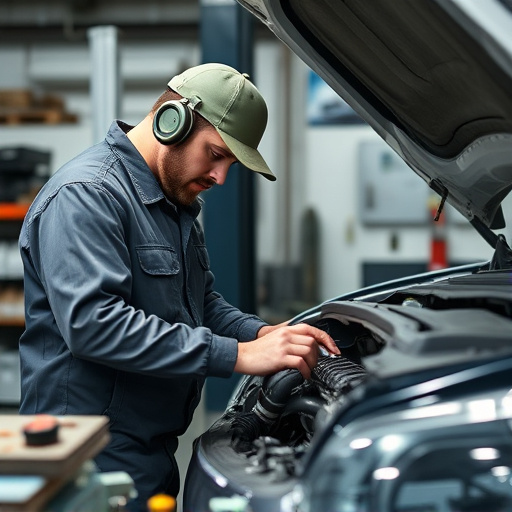
Vehicle frame inspection is a critical process that involves thoroughly examining the structural integrity of a vehicle’s frame. It is an essential step in both routine maintenance and pre-purchase assessments, ensuring the safety and reliability of motor vehicles. By meticulously checking for any signs of damage, corrosion, or misalignment, professionals can identify potential issues that may compromise the car’s overall performance and stability.
This inspection goes beyond a simple visual assessment. It includes measuring key components, such as wheel alignment, suspension systems, and frame angles, to guarantee they meet manufacturer specifications. A qualified mechanic or auto body shop expert will also look for evidence of past accidents or repairs, as well as assess the overall condition of the vehicle’s chassis, which is vital for both car restoration projects and ensuring the safety of tire services.
Key Components to Look For
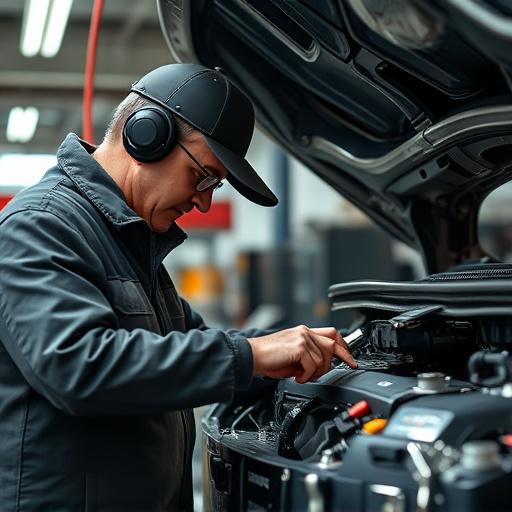
When conducting a vehicle frame inspection, several key components demand your attention. Firstly, assess the overall structural integrity of the vehicle’s frame. Look for any signs of significant dents, cracks, or misalignments, which could indicate prior damage or poor repair work. These issues can compromise the safety and handling of the vehicle during driving.
Secondly, check the condition of critical components like the suspension system, including shock absorbers, springs, and struts. A well-maintained suspension ensures smooth ride quality and proper vehicle height. Moreover, examine the tires for uneven wear patterns or excessive tread depth loss, a potential indicator of alignment issues or improper tire pressure. Regular tire services are essential to maintaining optimal performance and safety, especially after a fender bender. Lastly, inspect the fenders, doors, and panels for proper fitment and signs of recent repairs, as these components play a vital role in both aesthetics and structural integrity.
Benefits and Common Issues Found
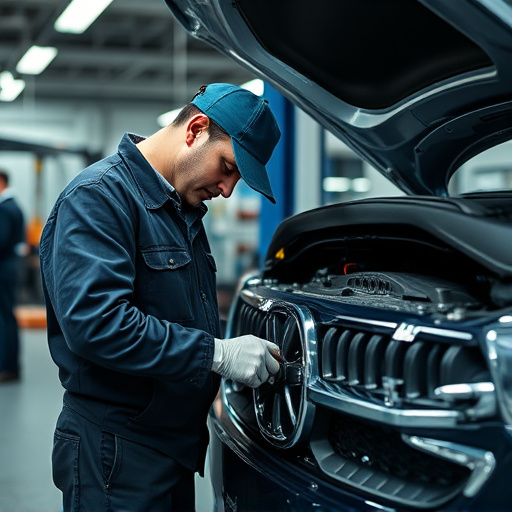
Vehicle frame inspection is an essential process that offers numerous advantages for both vehicle owners and automotive professionals. By meticulously examining the frame, mechanics can identify potential issues early on, preventing more serious problems down the line. This proactive approach to vehicle frame inspection not only enhances safety but also extends the lifespan of the vehicle, saving owners significant costs associated with auto body repairs.
Common issues discovered during these inspections include dents, rust spots, misalignments, and structural damage. Early detection allows for prompt addressing, ensuring that minor problems don’t escalate into costly automotive body work. Regular frame inspections are especially critical for older vehicles or those with accident histories, as they can reveal hidden weaknesses that might be visually obscure to the untrained eye. This process plays a pivotal role in maintaining vehicle integrity and reliability, ultimately contributing to smoother rides and peace of mind for drivers.
Vehicle frame inspection is a fundamental process that ensures the structural integrity of a vehicle, offering peace of mind for owners. By understanding the basics covered in this article, including key components to inspect and common issues to look out for, you’re now equipped to perform or oversee thorough vehicle frame inspections. This knowledge empowers you to make informed decisions regarding vehicle maintenance and repair, ultimately enhancing safety on the road.

